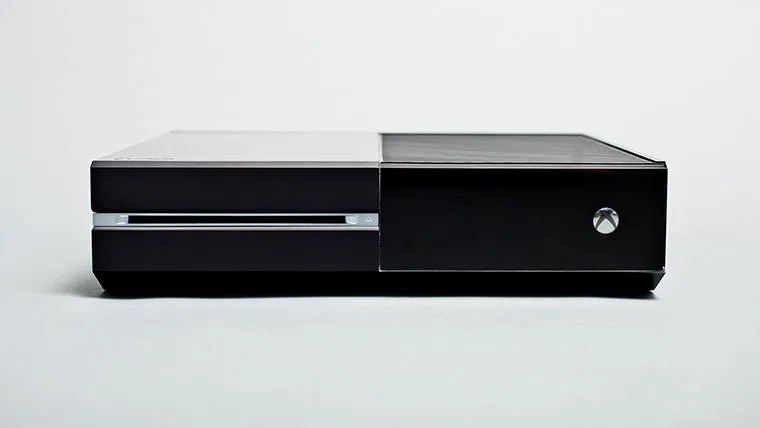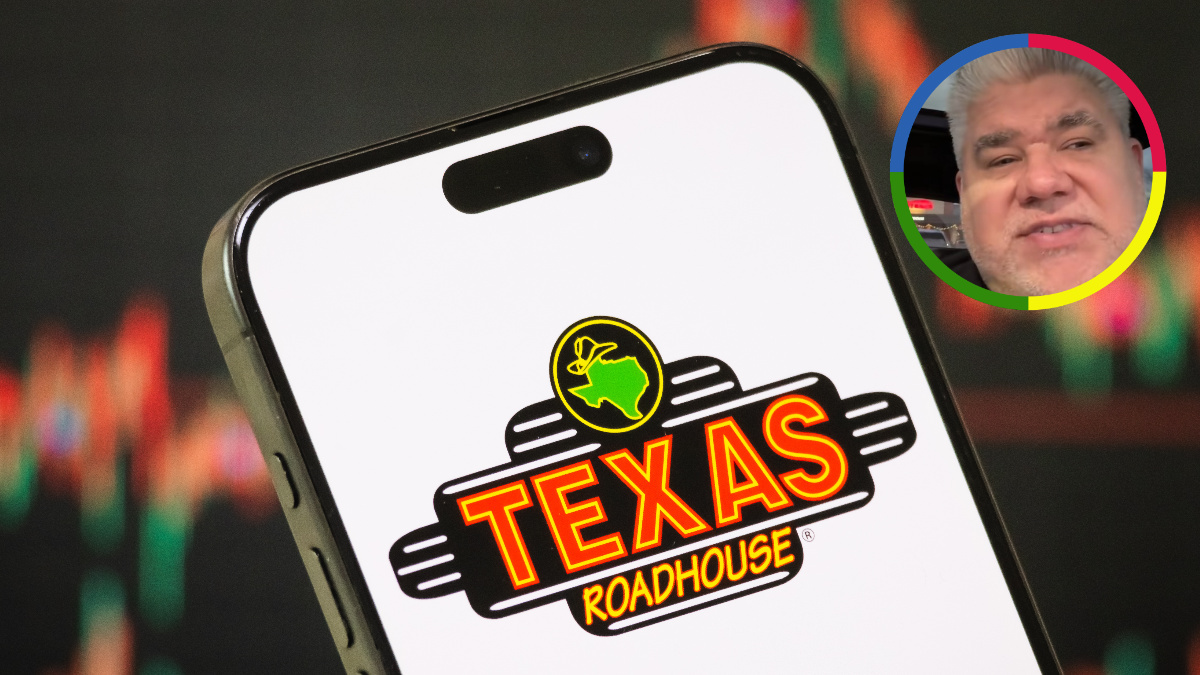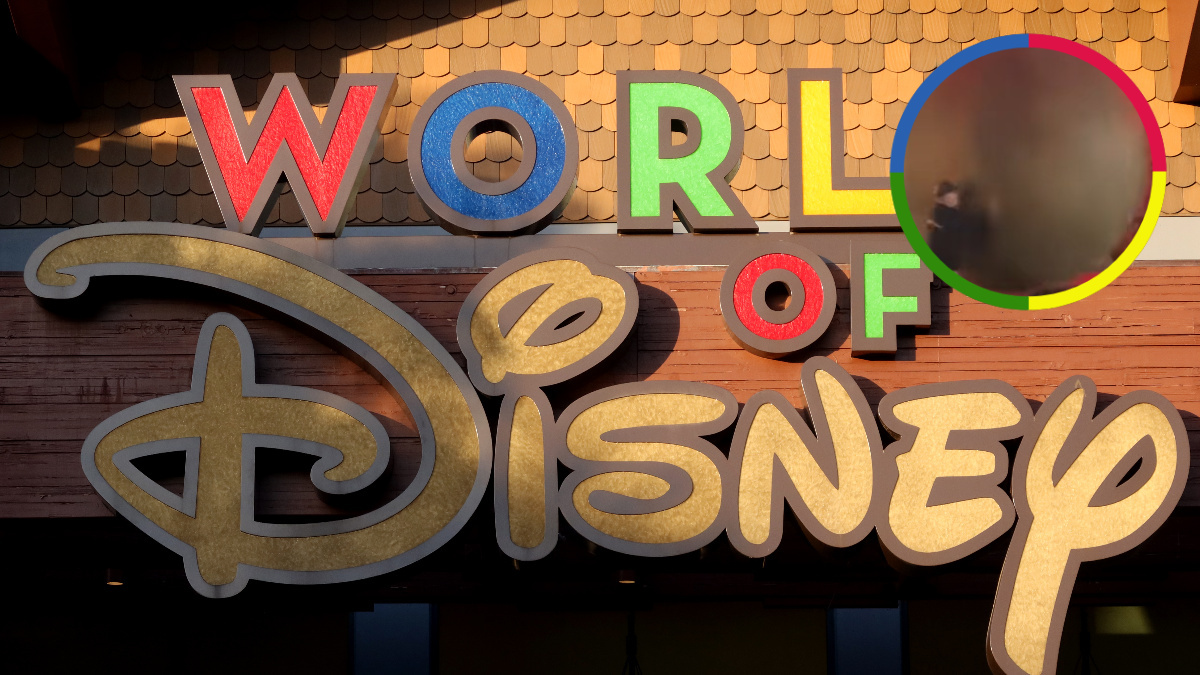Dear Microsoft,
I’ve been a loyal supporter of your console brand since the launching of the original Xbox in 2001. Due in large part to my infatuation with the universe of Halo that Bungie so passionately built, some cleverly designed marketing campaigns and a domination of the FPS market, I developed a cognitive dissonance toward your competitors that vigorously justified my 360 receiving the bulk of my gaming hours as well as the bulk of my wallet’s contents. Though remaining objective in any and all journalistic writings, my personal gaming preferences were marked by me unwittingly justifying having to pay $60 to use your online services while your console’s exclusives remained minimal. I campaigned that the 360’s controller design and ergonomics were alone worth choosing the system for third-party purchases, and I’ve reluctantly stayed on-board while you’ve incrementally shunned the sector that helped to launch your console and your gaming brand in favor of attempting to install an “all-in-one” entertainment machine that does everything short of scratch your ass and cater to what’s left of your original customer base.
I must inform you that your confirmation of the Xbox One’s piss-poor policies and methods of consumer engagement have caused me to rethink our relationship. My blind defense of the Xbox brand is done. Finished. More over than Amanda Bynes’ career.
To be sure, you fully deserve the exponential hatred that is raining down upon your offices in Redmond, Washington. The entire reveal of the Xbox One has been one huge clusterfuck of confusion and ambiguity. You people change your wording and your stances on hot topics more often than Mitt Romney on debate night. But contrary to popular sentiment right now, there are a few things gamers are sure to find somewhat alluring in regard to the Xbox One. It’s neat that Xbox users will now have their own version of TV Guide ingrained into their consoles, and implementing the Windows 8 “snap mode” feature is certainly innovative. Catching up on Breaking Bad while simultaneously having to Skype with Granny as she tells me about the jackass on her daily commute that nearly cut her off and ran her into a pole suddenly makes those calls much less daunting.
As if I was not already inundated with enough news at the hands of ESPN that LeBron James stubbed his toe, I’m glad I can now be instantly made aware through my gaming console. It also makes me happy to see that EA Sports will be changing something other than the abbreviation of the year on the box art by integrating a new “Ignite engine” that emphasizes more realistic player decision, intelligence, awareness, anticipation, and context. Most of all, I actually am ecstatic to see that you’re introducing 15 new exclusives, with eight of them being brand new IPs.
Nevertheless, it’s going to take more than tossing on screen the faces of Spielberg, Kojima, and J.J. Abrams and promising me some new and exciting experiences to distract me from what may very well be the most anti-consumerist policies ever seen throughout the era of console gaming.
The new Kinect scares the shit out of me.
Firstly, the new Kinect scares the shit out of me. There’s a reason I consciously decided not to purchase a Kinect for my 360, and it has to do with factors other than not being a fan of waving my extremities in front of the TV screen as if I have some form of physical Tourettes. What makes you think I need a Kinect with two 1080p cameras that shoot at 60fps, that has a 60 percent larger field of view, and can identify persons within the room? You say that it can be “turned off” yet it must be constantly plugged in. Excuse me if I’m a tad weary of bringing an “always on” camera into my living room that is reading my lips, waiting for me to address it like fucking HAL 9000 from 2001 (Xbox One = Discovery One, perhaps?).
Here’s what was great about the original Kinect: I didn’t have to own one. It was an optional peripheral that I intentionally chose to ignore because I subjectively knew its features would not justify the amount spent on it. For those that did choose to purchase one, they could very easily maintain strict privacy control over it, mainly because the Kinect did not have to be plugged in for the 360 to work. Now, with the Xbox One, you’re telling me that in order to use your system I not only have to own one, but that it also must be plugged in, in order for my console to work.
I don’t think that I’m out of line by telling you that I think your promises that I can preserve privacy control over the thing are complete and utter bullshit. User privacy is a funny thing these days, mostly because it doesn’t exist in any way, shape or form. I also thought I maintained relative privacy as a Verizon mobile customer, but as it turns out the government frequently checks to see if I’m calling my mother to ask how much ricin she has in her cupboards. The fact of living in this technological age is to assume that the government and any multi-national corporation have 24-hour access to whatever appliances connect you to the outside world. It also makes me feel a tad less warm and cozy that your company became the first one to sign on to the government’s PRISM program. So in short, if I didn’t want a Kinect then, I certainly don’t want one now, and that should be my prerogative.
I’m also glad to hear that you “care very much about the investment” I’ve made in Xbox 360. Here are two more investments that gamers care very much about: the stack of 360 games they’re currently staring at and have no way of playing on the Xbox One, and the headset sitting next to them that they paid out the ass for, only for you to tell them it’s incompatible with the new console. No better way of caring about our investments than scraping them altogether in an attempt to get us to shell out more peripheral money.
Microsoft, you’ve put a ton of emphasis on the potential and storage capabilities that “the cloud” may offer, and in doing so, you’ve made it virtually impossible for all of your customers to have the same base experience. You claim that it’s in the interest of the gamer that every Xbox One owner must connect to the Internet once every 24 hours so that “developers can create massive, persistent worlds that evolve even when you’re not playing.” Please. I doubt that I’m alone when I say that I couldn’t give a rat’s ass about “worlds that evolve when I’m not playing.” What I do care about are the hundreds of hours I’ve spent over the years playing your console offline, without need or requirement of the Internet. Gone is the time in which you could take sick days from work in order to engage in an uninterrupted gaming session with your most anticipated game on release day. It’s difficult to play hooky with a game when your boss can simply await eagerly with the pink slip in-hand for the moment you have to sign-on to Xbox Live. In one fell swoop through the implementation of DRM measures both at the expense of the gamer and in support of the publisher, you’ve managed to isolate an enormous segment of gamers who prefer the single-player, offline experience, or may simply not have constant or reliable access to a broadband Internet connection.
Despite clarficiation we’ve still got the same indistinct picture we’ve had since the reveal of the Xbox One
You’re certainly aware by now that the blunt of the Xbox One flame war that currently rages on is a direct result of your unbridled negative stance toward the used games industry. What we’re sure of is that when we purchase Xbox One games, we can install the game using a unique code. Once that’s used it’ll be tied exclusively to that particular Xbox Live account. Through Thursday night’s “clarification,” you’ve reassured gamers that they will in fact be able to “give games to friends or trade in Xbox One games at participating retailers.” Taking that statement at face value is sure to direct gamer rage in other directions long enough to remove your head from your own ass. Yet if we are to read on, it paints the same ambiguous, indistinct picture that we’ve been left with since the One’s unveiling.
We now know that you’re not planning on charging fees as part of the used game transaction process, but that there are two requirements: “you can only give them to people who have been on your friends list for at least 30 days and each game can only be given once.” What should we assume that means, exactly? That the process of giving any particular game can only be done a single time? That such games can only be given to one other account at a time? Your maniacal method of circumnavigating the issue of used games is evident in the fine print of Thursday’s news:
– “Third party publishers may opt in or out of supporting game resale and may set up business terms or transfer fees with retailers.”
– “Xbox One is designed so game publishers can enable you to give your disc-based games to your friends.”
– “Loaning or renting games won’t be available at launch, but we are exploring the possibilities with our partners.”
Clever, Microsoft. Really, it is. you’ve largely left it up to the publishers (you know, the ones who have so venomously called for the head of the used games market) to take responsibility for pissing off your customer base while you pretend that you’re nothing more than a reluctant servant to the demands of said publishers. I can personally attest to the power that remains in allowing for disc-based content to be freely lent and borrowed. It was my copy of Halo: CE that garnered interest from many friends, some of whom went out and purchased an Xbox solely based off of that limited experience. Now, it seems that in order for a friend to express interest in a game of mine, he/she must sign into my Xbox Live account. Aside from the fact that I’ve just given this person extensive access to my personal information, I would then be rendered unable to play any of the other games I own because my account would be in use at another location. That sucks, and it’s a huge slap in the face to those of us who generated interest in your original console through means you now seek to eradicate.
Perhaps the most laughable proposition formed around the Xbox One is the notion that should you succeed in your perceived endeavors to rid the industry of used game sales, that the market for new software will magically see the kind of impulse-buy lows that are readily seen through Steam, for example. The kinds of “can’t miss” sales that Steam offers are made possible through competition. Period. A PC software buyer does not have to purchase from Steam, and can instead utilize the host of other digital distribution platforms that are widely available to them. Xbox Live and PSN have very little internal competition, so there’d be no reason for them to amount to the bewildering deals you see on Steam as they would be able to regulate prices with no fear of the gamers going to another outlet for their products. Theoretically, you’d have us believe that the used games market is the origin of all the industry’s problems, and being rid of it would allow you to save money as publisher in a number of different sectors. In turn, should gamers expect to see those savings in the form of a price cut on new software? I’ll hold my breath while I wait for an answer.
Console gamers cannot, and should not be expected to see the PC model as a comparable or smoothly transferable method of play. Yes, PCs don’t facilitate the sharing and reselling of games and its market gets along just fine, but that’s the point exactly. PC gaming is an expensive endeavor available to a niche of the gamer population. PC gamers have never had the tradition or even the option of trading and lending games to friends for a loan period. It is these factors that have not only differentiated console and PC gaming, but it has also allowed the entry of a ton of customers who would never have been able to afford a gaming hobby if it meant the upkeep and maintenance of a PC. With the convoluted and comprehensive system of DRM measurements you’ve decided to implement on the Xbox One, you’re effectively ending the only tradition and advantage that the console market has held over that of the PC, and with it, the fond memories gamers have of the straightforward manner in which they could buy a disc, put it in their system, and play the fucking game.
You’d have us believe that the used games market is the origin of all the industry’s problems,
I suppose it eludes me why the used games market has become the scapegoat for you and your clients’ (game publishers) bad business decisions. It was the developers and publishers, not the used games market, that created this perpetual cycle of trade-ins and allowed the problem to evolve in the first place. Customers now blaze through campaigns and get quickly bored with hackneyed multiplayer components, which cause them to race to the nearest retailer to trade that game in for one that can similarly be played through in less than a week. Combine this cycle with an industry plagued with creative stagnation and oversaturation of certain genres, and you have a recipe for dwindling sales.
Let’s take a look back at E3 2012. Microsoft’s software lineup not including XBLA and Kinect games included Halo 4, Black Ops II, Tomb Raider, Resident Evil 6, South Park: The Stick of Truth, and Forza Horizon. Sony’s featured God of War: Ascension, PlayStation All-Stars Battle Royale, and The Last of Us. Nintendo showed off Pikmin 3, New Super Mario Bros. U, Batman: Arkham City: Armored Edition, Scribblenauts: Unlimited, and ZombiU. Ubisoft featured Far Cry 3, Just Dance 4, Splinter Cell: Blacklist, Assassin’s Creed III, Rayman Legends, and Watch Dogs. EA showed Crysis 3, Medal of Honor: Warfighter, Dead Space 3, and Need for Speed: Most Wanted. If you’re keeping track, out of the 24 major titles displayed across the 5 major publisher press conferences, just five were new IPs.
Developers and publishers must start looking inward rather than pointing the finger at the most conveniently located target. The used games market may very well be doing damage to the makers of the products gamers so eagerly consume, but it also does a lot of good for those same customers who are spending their hard-earned money on their products. The answer to the survival of the medium never has been, nor ever will be the killing of used games sales. Developers/publishers have already tackled the concept of “Day One” sale importance. It’s now time they attempt to keep those copies in the same hands by creating lasting re-play value through solid DLC and campaigns that aren’t halfway over before the game is even installed completely. Doing so would limit the amount of used copies circulating retailers and would prove that demand for games can remain so long as the initial product isn’t shit to begin with.
So, Microsoft, you’ve managed to create a console that requires a device which could very plausibly allow the government access to my living room, would force me to have a pretty comical conversation with a Verizon rep as to why I need to upgrade my connection, and could usher in a digital era filled with a convoluted system of DRM measurements that could effectively end the traditions console gamers have come to know and appreciate. I essentially need Sony to announce at their E3 press conference, “See what those guys are doing? We’re not doing any of that shit,” (at the very least, PS4 gamers will be able to play their games offline) and I will be ready and willing to make my next-gen console choice. You’re making my decision for me with each passing day. Perhaps I should thank you?
Sincerely,
Just one more ship-jumper











Published: Jun 8, 2013 09:06 am